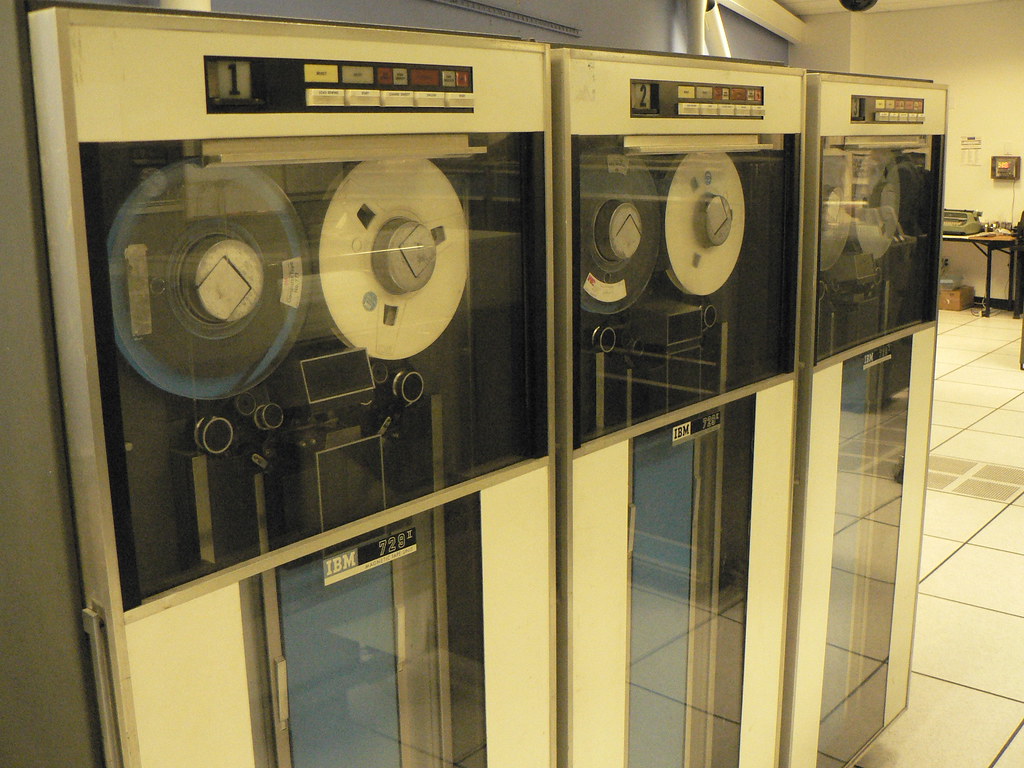The FCAL Project

It’s time to tell the story of the work accomplishment over my forty years in the computer industry that I am most proud of—if I can.
This will be difficult because the story is relentlessly technical; most of my audience is probably going to fall asleep before I am through.
The time was in the 1980s, while I was employed at Fair, Isaac and Company. The business focused on making custom computer systems that granted credit for large financial insitutions.
Every task for every project we worked on had a unique code for time accounting purposes. The first two letters were a code for the identity of the customer. And the second two denoted the phase of the project.
There was a task that was given to me with the code FCAL; I forget which customer FC stood for, but AL was code for the analysis phase.
Normally that wasn’t a big deal. We’d gather hundreds of computer reel-to-reel tapes containing data from our client’s interactions with their customers, run those through software that analyzed the data, and develop a weighted list of which details about a potential customer would be most likely to predict their creditworthiness.
This usually only took a few weeks to a month, but this project was a toughie. Various people had wrestled with it for more than a year to no avail, and as a last ditch effort, it had been decided that I was going to take it on.
Looking through the project log, I saw various expressions of puzzlement and exasperation, with one entry at the one year mark wryly noting: “Happy anniversary.”
Since I can’t remember the client’s name, let’s call them XYZ Corporation.
“It is only due to the very high regard XYZ Corporation has for Fair, Isaac that they are merely very pissed with us,” my boss told me with a pained grin.
I was more than a little alert as I waded into this horrible mess. But it didn’t take me long to figure out why this project was giving people fits.
The format of the data tapes was not consistent. After a great deal of work I determined that the format of the tapes had changed seven times during the many years involved.
What was worse, only some of those data formats were documented. So I had to dump out the raw data on the tapes and determine what the values were, and where they were.
One tape was unreadable because the blocking factor changed midway through. I had to write a program to extract out the data before and after the change.
Another tape was from a completely different client and had to be disregarded.
I ended up writing eight utility programs to take the dozens of tapes from each time period and rewrite them to new tapes in a common format. I dread to think how many tape mounts and dismounts that required of the poor computer operators down in the basement.
At that point the analysis was repeated on the new tapes and everything went smoothly. I remember my boss and myself literally dancing in the hallway when we got the news.

